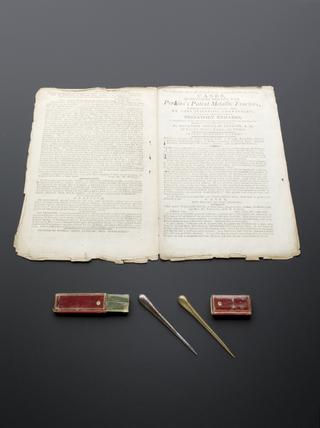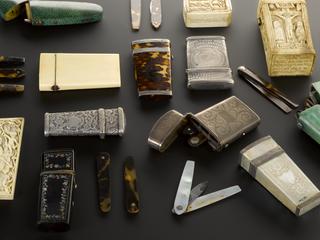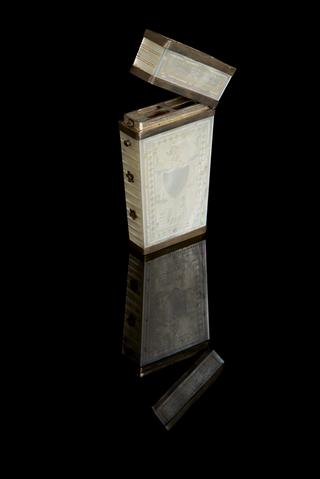




Scale model of anatomy theatre built at Padua in 1594 showing dissection taking place, English, 1900-1950
The first permanent anatomy theatre for dissections was built in 1594 at the University of Padua, one of the largest and most influential medical schools of the time. The theatre could hold three hundred students who were no more than eleven metres from the dissecting table. Human dissection is one way for medical students to learn anatomy. Hieronymus Fabricius ab Acquapendente (1537-1619), who had been professor of surgery and anatomy since 1562, taught his students in the anatomy theatre. His students included William Harvey (1578-1657), who went on to discover the circulation of the blood. The anatomy theatre can still be visited today.
Details
- Category:
- Therapeutics
- Collection:
- Sir Henry Wellcome's Museum Collection
- Object Number:
- A625521
- Measurements:
-
overall: 1520 mm x 800 mm x 1010 mm, 93.5 kg
overall (with structure): 1870 mm x 1110 mm x 1200 mm,
- type:
- diorama


